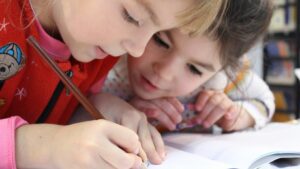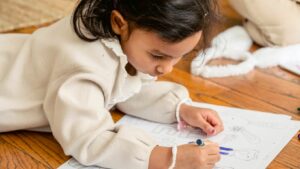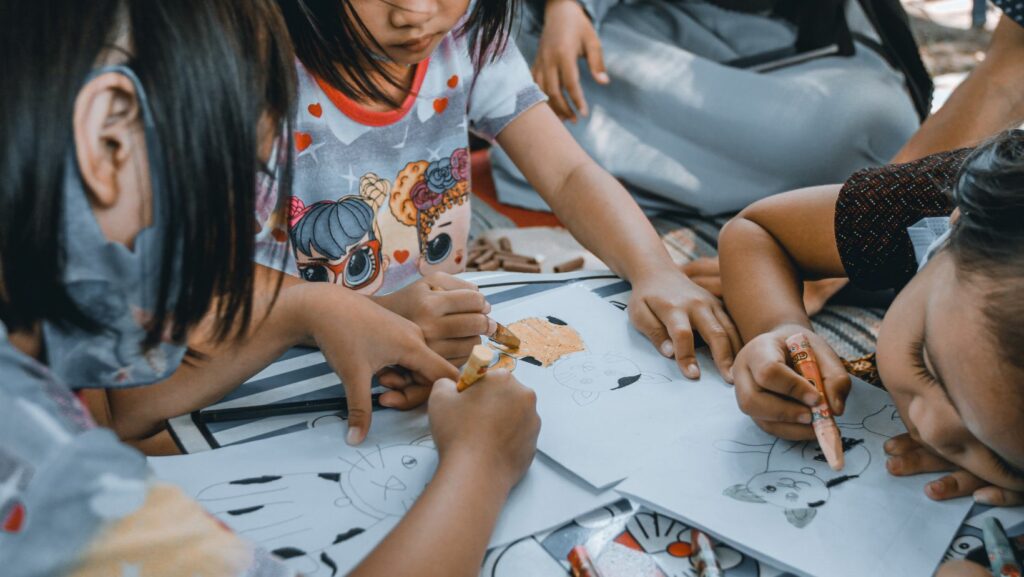Drawing:qzi52oodt7s= Girls
Drawing girls is an art form that captivates artists of all skill levels, offering endless possibilities for creativity and expression. Whether it’s  capturing the delicate features of a face or the graceful movement of a figure, artists find joy in bringing these sketches to life. With a blend of imagination and technique, they can convey emotion, personality, and stories through their work.
capturing the delicate features of a face or the graceful movement of a figure, artists find joy in bringing these sketches to life. With a blend of imagination and technique, they can convey emotion, personality, and stories through their work.
Aspiring artists often wonder where to start when it comes to drawing girls. Understanding proportions, facial expressions, and body language is key to creating compelling and realistic illustrations. Through practice and observation, artists can hone their skills and develop their unique style. By exploring various techniques and tools, they unlock new dimensions in their art, making each drawing a personal masterpiece.
In the world of art, drawing girls isn’t just about replicating what one sees; it’s about interpreting and reimagining the world with a personal touch. Each stroke of the pencil can transform a simple sketch into a vivid narrative, inviting viewers to connect with the art on a deeper level.
Understanding the Basics of Drawing Girls
Drawing girls requires a solid grasp of the fundamentals to create visually appealing artwork. Artists focus on anatomy and proportions while avoiding common pitfalls for improved results.
Key Proportions and Anatomy
Accurate proportions and anatomy are crucial when drawing girls. The average height for a female figure is about seven-and-a-half head  lengths. Understanding this ratio helps artists maintain balance and symmetry. The face can be divided into thirds: forehead to eyebrows, eyebrows to base of the nose, and base of the nose to chin. Capturing the natural curvature of the spine and the tilt of the hips enhances realism.
lengths. Understanding this ratio helps artists maintain balance and symmetry. The face can be divided into thirds: forehead to eyebrows, eyebrows to base of the nose, and base of the nose to chin. Capturing the natural curvature of the spine and the tilt of the hips enhances realism.
Common Mistakes to Avoid
Artists should steer clear of disproportionate features and stiff poses. Exaggerated eyes or misaligned limbs detract from accuracy. Overly symmetrical faces can appear unnatural. Skipping initial sketching may lead to imbalanced compositions. Beginners often neglect to study reference images, which can hinder progress. Practicing regularly while being mindful of these mistakes leads to improvement.
Tools and Materials for Drawing Girls
Proper tools and materials significantly impact the quality of artwork when drawing girls. Selecting the right supplies enhances precision and encourages creativity.
Recommended Pencils and Papers
Using quality pencils and papers aids in producing detailed and refined drawings. Artists often choose:
- Graphite Pencils: Ranging from H (hard) to B (soft) grades, suitable for sketching and shading. An HB pencil offers a balance between detail and shading.
- Colored Pencils: Ideal for adding vibrant colors and depth. Artists prefer brands like Prismacolor for their soft cores and rich pigments.
- Bristol Paper: Provides a smooth surface for clean lines; suitable for both graphite and colored pencil drawings.
- Drawing Tablets: Devices like Wacom or Huion, coupled with a stylus, allow for fluid drawing motions and adaptability across software.
- Software Programs: Applications like Adobe Photoshop or Procreate provide layers and various brushes, facilitating creativity without physical limitations.
Techniques for Drawing Girls
Drawing girls involves mastering various techniques to capture their unique characteristics. Focus on facial expressions, hairstyles, and body types to enhance the realism and appeal of the artwork.
Facial expressions convey emotions and bring characters to life. Start by studying the basic facial anatomy to understand the position and  size of each feature. Practice sketching different emotions, from happiness to anger, using reference images for guidance. Pay close attention to the eyebrows, eyes, and mouth, as they significantly impact the expression. Avoid static faces by experimenting with slight variations in these features.
size of each feature. Practice sketching different emotions, from happiness to anger, using reference images for guidance. Pay close attention to the eyebrows, eyes, and mouth, as they significantly impact the expression. Avoid static faces by experimenting with slight variations in these features.
Hairstyles add personality and can define a character’s style. Begin with basic shapes to map out the hairstyle. Illustrate individual hair strands using clean lines and varied pressure for texture. Consider hair type and length when detailing the strands. Use shading techniques like cross-hatching to add depth and volume. Incorporate movement by sketching strands that flow naturally. Reference real-life images or fashion magazines to inspire diverse and realistic hairstyles.
Depicting various body types involves understanding proportions and embracing diversity. Use guidelines to sketch different figures, considering width, height, and posture. Incorporate slight variations like wider hips or broader shoulders to reflect individuality. Emphasize balance and natural poses, avoiding stiff or awkward positions. Reference images of diverse body types can provide valuable insight. Adapt the clothing and posture to match the body type and style, ensuring an authentic portrayal.

